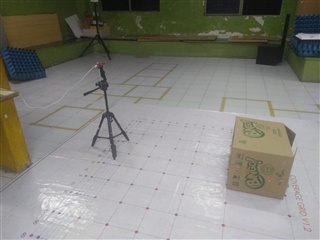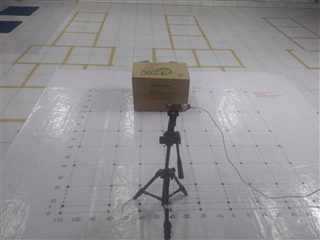Other Parts Discussed in Thread: AWR1843
Hello,
Below is the details of testing:
board: AWR1843 AOP EVM
Lab: Obstacle detection for AOP
We used a Pole as an Obstacle and there are few questions we needed to ask:-
1)How to improve the Accuracy of Cluster coordinates. We were getting a error margin of 10-15cm esp when obstacle is closer to radar(0-40cm)
2)We want to find out the dimension of the Obstacle. Can a cluster size give us the dimension of the Obstacle. If yes, How accurate is it? (please refer attached data below)
3)How to eliminate the Ghost points when
Type:1.With no obstacles in front of the radar
Type:2 Reflections from the obstacle
I am attaching a Binary, Image below for reference:-


| Cluster X | Cluster Y | Cluster Z | Range | Cluster X Size | Cluster Y Size | Cluster Z Size |
|
-3 |
130 | -76.8 | 151.0207 | 26.4 | 23.2 | 11.2 |
Actual Dimension of Obstacle:-55x38x37 (cms)
Warm regards
Ayush Shetty



